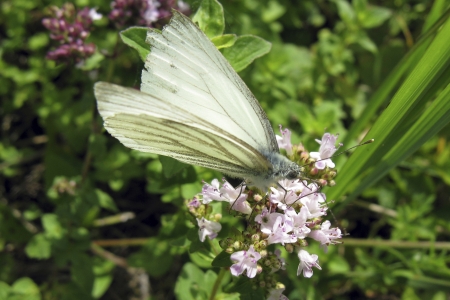The interactive Tree of Life is intended to become an universal and dynamic database for all biological information about organisms, no matter whether animals, plants or fungi, or maybe even microorganisms like algae and bacteria in future. This scientifically cured (veryfied) database will fill the gap between many databases like NCBI, Wikipedia or GloNAF that are often either scientifically cured and machine readable, easy to use and understand for non-scientists or only for a limited group of organisms or limited information. It is designed as an archive, gathering as much information as possible on organisms, with a high, scientific quality in a completely machine readable processing.
Interactive Tree of Life can be used as a compendium for identifying and browsing species with special features like their habitat, their food or prey or even their color. Thereby, it shouldn't be exclusively for professionals. It is designed for an easy use for amateurs and enthusiasts as well as for scientists and provides comprehensive information on all kinds of properties and traits of organisms. Those information comprise taxonomy, species morphology, physiology, behavior, habitat and distribution (i.e. native and invasive) as well as links to scientific publications and gene databases, all divided up to different life stages of the respective species.
A tool for species identification will help even amateurs to determine species reliably, leading through dynamic identification keys, keeping in mind, that non-professionals may identify traits not correctly (e.g. a coral may be considered as a plant). Therefore, the database is expanded with additional false information that can be considered by the algorithm for species identification. There are also plans to expand this tool with a picture based species identification, in future. Furthermore, all information will be inserted and stored on the species level instead of providing shared information top-down from higher to lower taxonomic groups. This pretty new approach may increases the database storage volume, but it also allows a dynamic, reverse processing of trait-based identification keys and ensures that only traits are used that are definitely shared by all lower taxonomic members.
One of the most sophisticated challenges of this project is to fill the database with cured scientific information. Therefore, a high manpower may be required to provide a fast increasing amount of information in this database. However, I intend to expand the database by an interface for filling in the information by citizen science in a way, that a few professionals only have to cure the information input through this interface.
The current state of this project can be reviewed at this webpage, which is still under strong construction and has no separate web domain, yet. However, it should give a first impression, how it may look like and can be used in the future. I already invested several hundreds of hours for planning, designing and programming this project that far. However, I am no professional programmer and there may be some points, that can be improved further and there is still a lot of work to do. Therefore, I would gladly appreciate any support, comment and help and I would love to involve other interested people into this project.
Feel free to leave comments or discuss with me and others at the comments section of this web page. If you find mistakes or have a request for further features or input of a special species,
please use the contact form on the very right side of this page. I will also try to come over with different languages in future. I appreciate every comment and interest!
Recent Developement:
- Further developement of the filter menu to change and filter the tree after your individual criteria.
New Features (10.09.2018):
- Distribution maps will be shown with native and invasive range, if distribution data is available.
- Visualization and subdivision of species traits has been overhault a bit.
- A function for searching species is now available in the menu. If the tree is collapsed, only the respective path will be expanded, and additionally, the path is colored red.
Further Developement:
- A species list to show all available species of this database.
- Development a tool for dynamic species determination.
- Extension of the available data. Next step: further links and literature.
- Development of a small ?-Button to explain special fields and technical terms.
- New entries into the data base.
Known Issues:
- On small displays, like mobile phones, the page may not be loaded correctly.
You have found a bug or a mistake? Or you want to suggest a new feature? Please contact us with our contact formular. Thank you!









